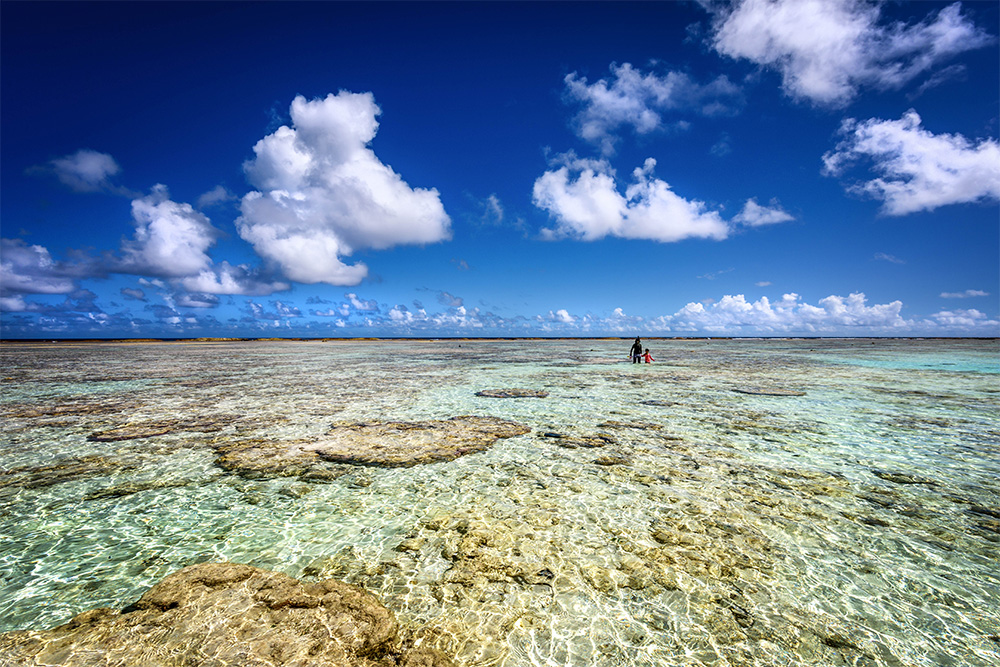December 4, 2024
The Ebiil Society: Champions of Palau
Ann Singeo, founder of our partner organization the Ebiil Society, shares her vision for a thriving Palau and a flourishing world of indigenous science!
We use cookies to help you navigate efficiently and perform certain functions. You will find detailed information about all cookies under each consent category below.
The cookies that are categorized as "Necessary" are stored on your browser as they are essential for enabling the basic functionalities of the site. ...
Necessary cookies are required to enable the basic features of this site, such as providing secure log-in or adjusting your consent preferences. These cookies do not store any personally identifiable data.
Functional cookies help perform certain functionalities like sharing the content of the website on social media platforms, collecting feedback, and other third-party features.
Analytical cookies are used to understand how visitors interact with the website. These cookies help provide information on metrics such as the number of visitors, bounce rate, traffic source, etc.
Performance cookies are used to understand and analyze the key performance indexes of the website which helps in delivering a better user experience for the visitors.
Advertisement cookies are used to provide visitors with customized advertisements based on the pages you visited previously and to analyze the effectiveness of the ad campaigns.
Looking to make an impact this Earth Month? Here’s how.

Guam, a U.S. territory within the Mariana Island chain, boasts a spectacular and biodiverse ecosystem worth protecting. Unfortunately, the lush biodiversity of this tropical habitat is currently being devastated by a number of invasive species. Some of the most noteworthy among them, the invasive Asian cycad scale and the invasive brown tree snake. The cycad scale is inflicting immense harm on the native Fadang Tree. The cycad scale is known for attacking the seedlings of the juvenile Fadang tree and thus, repopulating the species has proven challenging. Sadly, as a result of this, the Fadang tree is now classified as Endangered and at risk of extinction. On the other hand, the invasive brown tree snake has caused immense ecological harm to native bird species. Their presence has made 10 out of 12 native bird species functionally extinct.

It is no mystery that Guam needs our help and support. For the current fiscal year, Customs and Quarantine requested a budget of $24 million to increase biosecurity measures. Sadly, only $14.9 million was approved, leaving them with a tremendous deficit in their fight to protect native wildlife. A number of these invasive species, such as the brown tree snake, could put other U.S. jurisdictions in jeopardy. If the invasive brown tree snake made its way to Hawaii, it could wreak havoc on the native bird species there.

However, there is a reason to remain optimistic. Animal Keepers like Erica Royer have been working with the Smithsonian Conservation Biology Institute to breed and reintroduce Guam’s native birds. Last year, two native Guam Rails, a bird species native to Guam, were released on Rota Island (a nearby island within the Mariana chain). The Guam Rails have been thriving and rapidly producing chicks! Guam is not yet safe enough for the Rails to be released there, but their successful release on Rota is a symbol of hope for what the future has in store for Guam’s native wildlife with continued efforts to remove and control invasive species.
Source: Pacific Daily News
Featured photo: A Guam Rail. Credit: Jean
Check out other journal entries we think you might be interested in.
Notifications